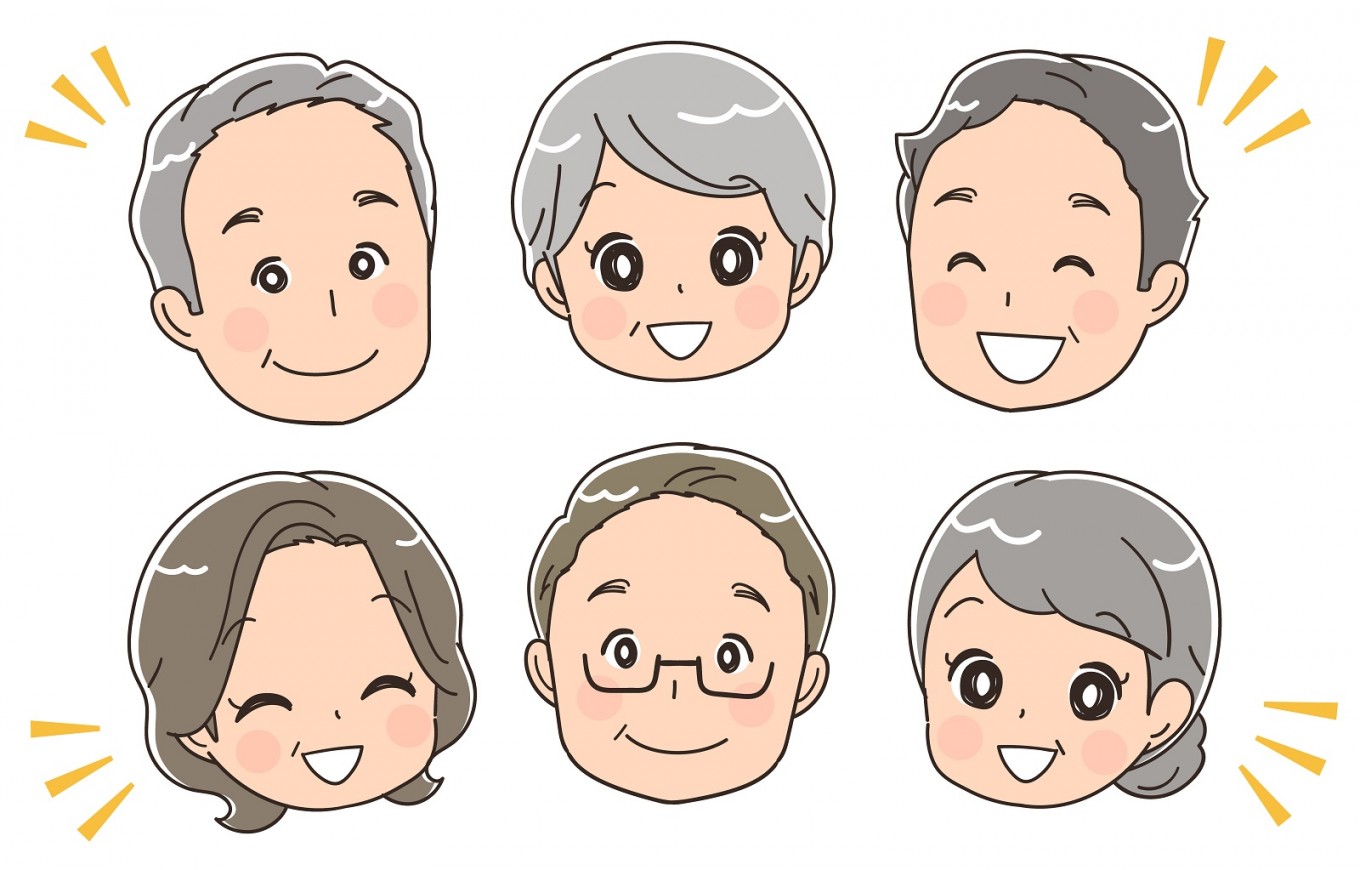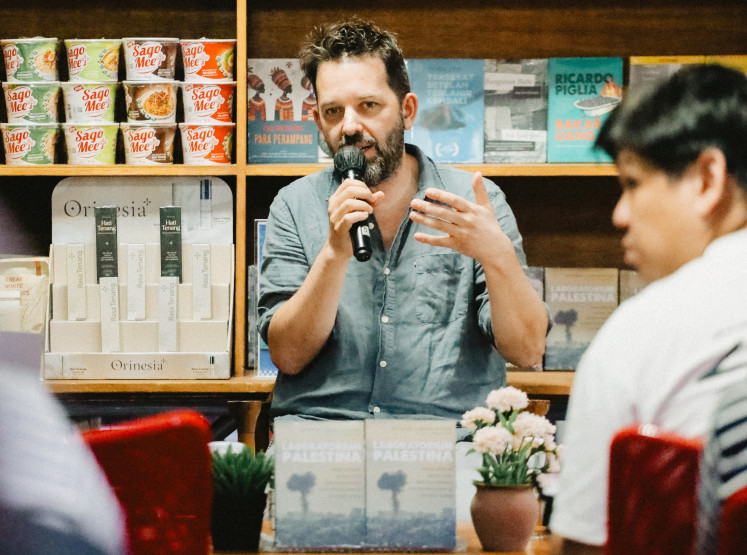Popular Reads
Top Results
Can't find what you're looking for?
View all search resultsPopular Reads
Top Results
Can't find what you're looking for?
View all search resultsElderly emerging as star characters in new manga genre
Change text size
Gift Premium Articles
to Anyone
J
apanese manga is creating a new genre of popular comics featuring elderly people as leading characters against the backdrop of the nation's rapidly aging population.
"Sanju Mariko" is a story about an aged widow and writer, Mariko, who starts a new life at the age of "sanju" or 80 in Japanese, leaving the home she has shared with her son, his wife and extended family including her great-grandchild. Her new life begins as an "internet cafe refugee" after she is unable to secure other accommodation.
The decision is prompted by a sense of alienation Mariko feels due to disagreements with her family over a plan to rebuild the house she considers her final home as well as loneliness after learning that a friend of hers has died alone. She even ponders whether her family hopes for her early death.
The story incorporates a variety of problems elderly people might encounter, such as driving the opposite direction on a highway or having their homes turned into veritable "garbage dumps" from hoarding items they consider memorable.
Other themes in the work include love affairs between the elderly and the onset of dementia.
Sanju Mariko has been serialized in "Be Love," a manga magazine for women published by Kodansha Ltd. since 2016. As an independent book, the seventh volume is due to be released in July.
Kodansha receives comments from many readers in their 40s and 50s, who say the comic strikes a chord with them as they imagine themselves having similar experiences as Mariko in old age.
But while Mariko worries about her situation, the character also stays positive and actively pursues new challenges as she forms relationships with others.
Read also: French discover new pleasure... adult comics about wine
Author Yuki Ozawa, 53, empathizes with the anxieties felt by people of her generation about their futures. But she says, "More elderly are frequenting arcades, and it seems people of my generation, who experienced the bubble economy when they were young, still have the curiosity of youth."
Mariko "in a sense is my ideal and I feel as if there will be more elderly like her," Ozawa says.
"Oya-san to Boku" (The Landlady and Me) is another popular manga story of the genre, which is based on the life experiences of Taro Yabe, a 41-year-old comedian who lodges on the second floor of a house owned by a woman in her late 80s in Tokyo.
The landlady divorced when she was young and lives alone in the house until Yabe moves in. The two develop a warm personal relationship.
Yabe's manga story has drawn a large following with 410,00 copies having been published by Shinchosha Publishing Co.
Many readers in their 30s and older write that they "yearn" for such a relationship. To them, the landlady, who finds a happy daily existence through sharing warm moments with a person of a younger generation, seems to represent the ideal image of an elderly person.
"Tasukeaitai: Rogo Hatan no Oya, Karoshi Line no Ko" (A Wish For Mutual Help: Parents Broken After Retirement, Offspring on the Verge of Death From Overwork), published by Akita Publishing Co., is a manga story about a married couple in their 70s.
After retirement, they experience small daily pleasures such as home gardening, but the husband suddenly suffers a stroke and finds himself in need of nursing care. As a result, the couple and their children are driven into a corner mentally and financially.
"Nursing care not only affects the elderly but also children and grandchildren. It is not someone else's problem," the author Mako Saiki, 57, says. "Individuals and families can hardly shoulder everything. Through the manga, I hope people will learn ways of overcoming difficulties such as by utilizing social security to address financial concerns."
The popularity of manga casting the elderly as central characters appears to reflect anxieties shared by all people about how to make post-retirement life meaningful and cope with nursing care and other issues unavoidable in old age.
The National Institute of Population and Social Security Research projects that households headed by people 65 or older will account for 44.2 percent by 2040, up from 36 percent in 2015.
The manga stories provide hints for readers to identify with such characters and think about social problems they themselves will face in old age, and consider the ideal model for the elderly, experts say.
Read also: Rurouni Kenshin manga to resume publication
"Manga magazines have changed in content along with the aging of generations who were acquainted with them in childhood," Kyoko Tominaga, associate professor of sociology at Ritsumeikan University, says.
"Featuring the elderly as leading characters, rather than in supporting roles, has shed light on details of what they worry about and struggle with. I think it is the concreteness of this content that allows readers to empathize."











